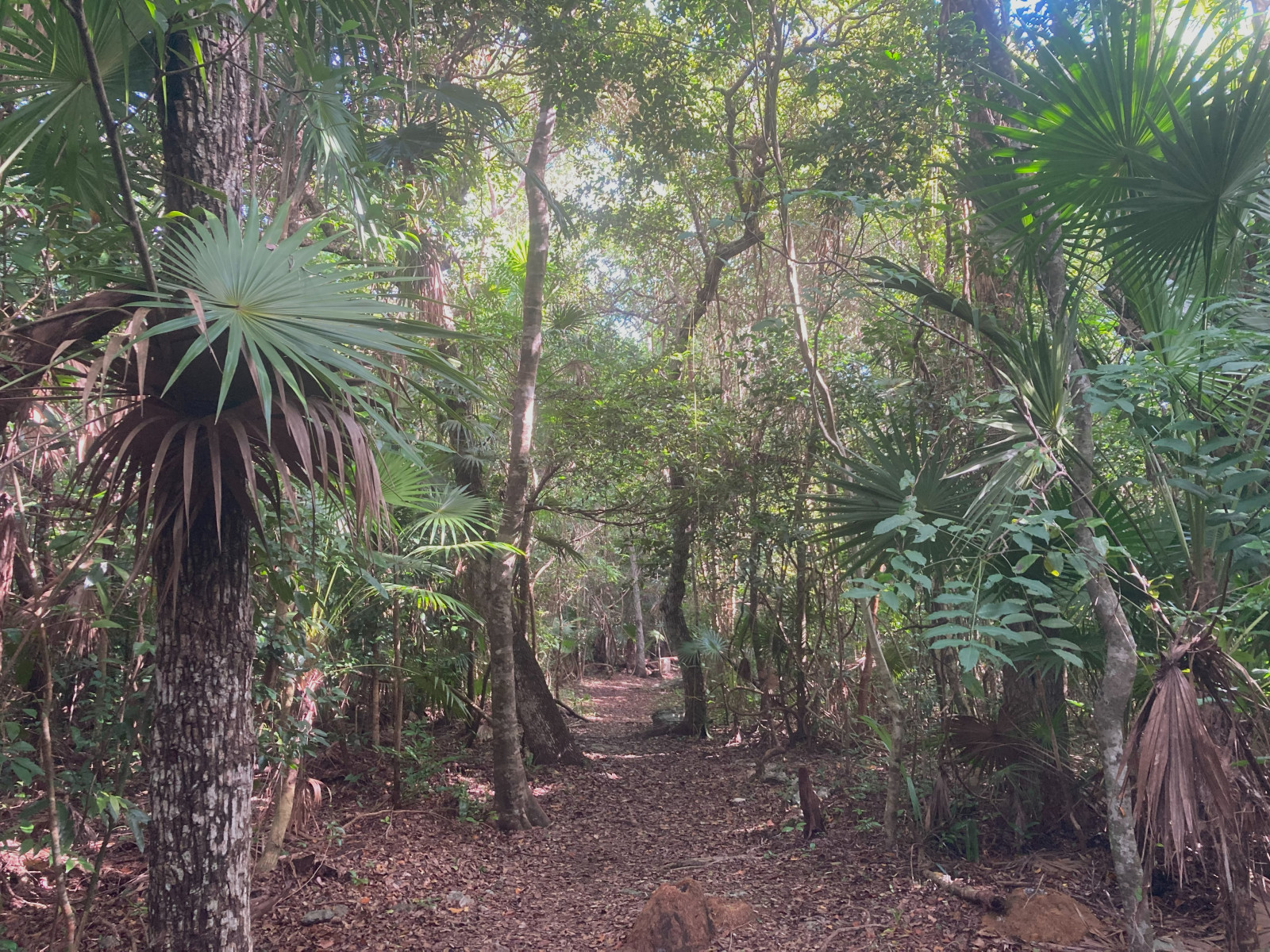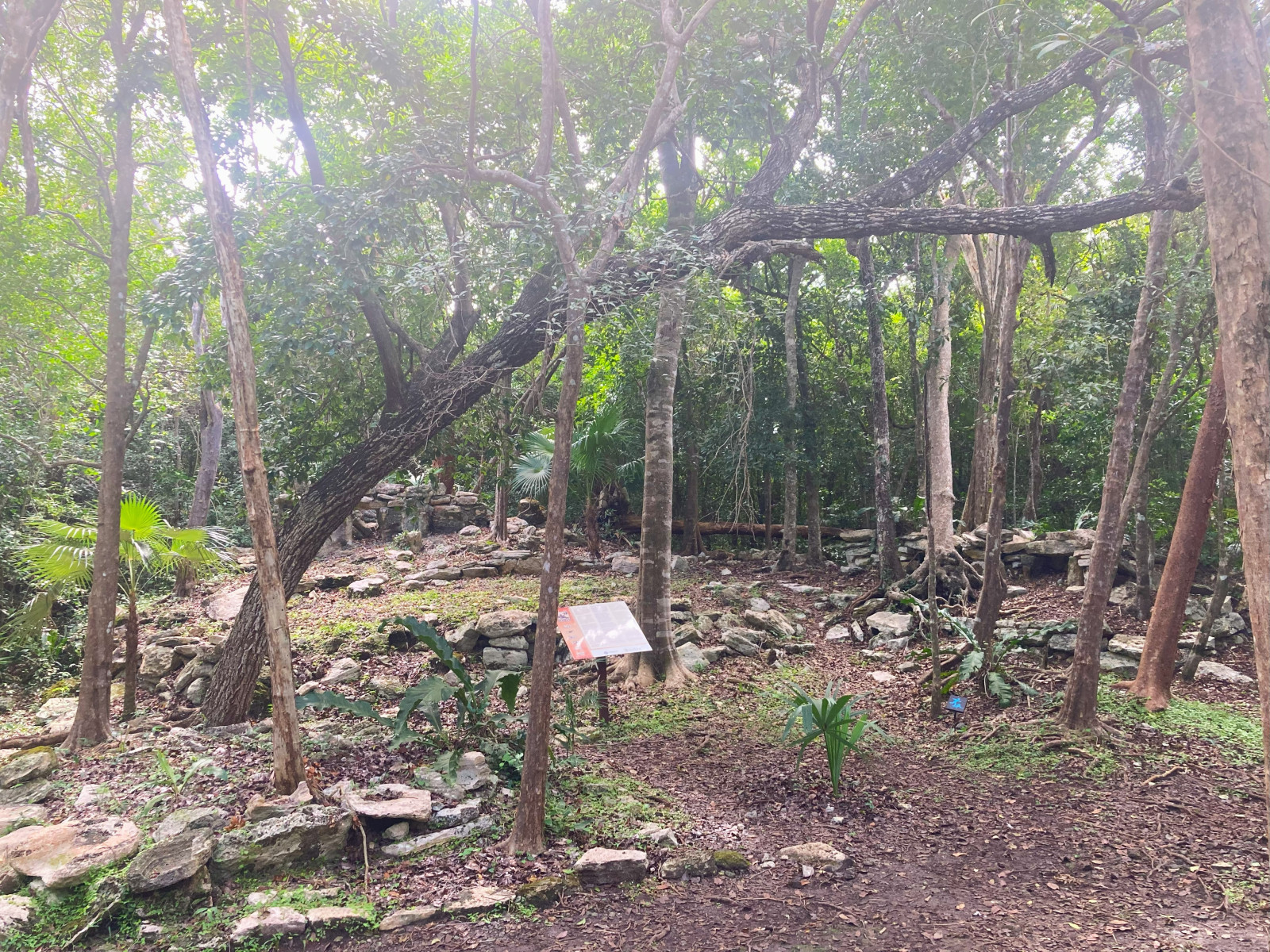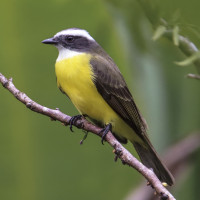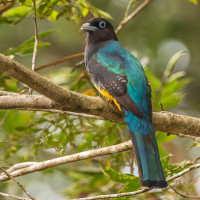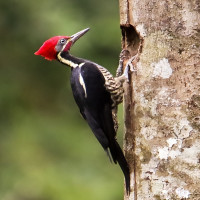Beschreibung
Jardín Botánico del Dr. Alfredo Barrera Marín in Puerto Morelos is one of the largest Botanical Gardens in Mexico. The 65-hectare gardens are home to many bird species but also the only coastal troops of spider monkeys left in the region. It’s the last patch of conserved forest between Cancun and Playa del Carmen, with collections of cactaceae, bromeliaceae, orquideaceae, ferns, fruits, ornamentals, palms and medicinal plants representative for Yucatan Peninsula. A trail of about 2 km leads through representative natural forest formations and along a traditional Maya house and "chicle" camp with a Mayan Arqueological Site.
The Gardens are a nice site for birding. But the amount of birds you see varies enormously. Sometimes it is full of birds, sometimes there is little to see. In any case, make sure you get there as early as possible and don't forget to bring insect repellent. Among the birds you can encounter are Vaux’s swift, Green jay, Lineated Woodpecker, Yucatan Woodpecker, Orange Oriole, Caribbean Dove, Spot-breasted Wren, White-bellied Wren, Masked Tityra, Black-crowned Tityra, Red-crowned Ant-tanager, Red-throated Ant-tanager, Rose-throated tanager, Lesson's Motmot, Black-Headed Trogon, Social Flycatcher and Squirrel Cuckoo. During migration periods also loads of American warblers can be spotted.
Details
Zugang
Jardín Botánico del Dr. Alfredo Barrera Marín is located in Puerto Morelos directly on the main road from Cancun to Playa del Carmen. Click on the P in the map for directions or coordinates. The Jardín Botánico opens at 08:00 and closes at 16:00. Entry US$ 8 (2024). When you arrive by car, the guard will open the barrier and you can drive on and park near the ticket office.
